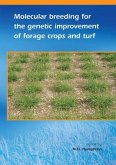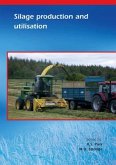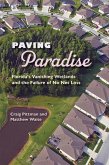This book brings together two aspects of grassland soil management which, by and large, have hitherto been considered separately. Issues related to nutrient cycling and soil quality have dominated research directed towards aiding broad and local scale policy issues for improving land use. Protecting the environment and maintaining/preserving natural habitats and biodiversity, tend to be considered separately. In this book we attempt to bring what are, in reality, inseparable aspects of grassland soil characteristics together and consider physical, chemical and biological components of soils, their interrelations and the way that they influence nutrient transformations and flows and soil quality. Keynote discussions will be lead by the following experts: Physical constraints and drivers: Professor Iain Young, Abertay University, Scotland Biological aspects: Professor Tim Seastedt, University of Colorado at Boulder, USA Chemical aspects: Dr Mike Beare from Crop and Food, Research, Lincoln New Zealand Over-arching synopsis of these issues: Professor Richard Bardgett, Lancaster University, UK. Bringing together international expertise and experience does much to progress understanding and points ways forward to maintain what is a base resource, our soils, whether it be for production targets, environmental benefit or for maintenance of natural ecosystems for future generations. This volume is useful to all those interested in soils and their function, and all grassland managers, whether their aims are directed at producing food, forage or fibre of sustainable quantity and quality or at maintaining, restoring or encouraging above and below ground biodiversity. The international perspective on this is very important so that experiences in wide ranging circumstances can be cross-referenced and used to the advantage of all.
Hinweis: Dieser Artikel kann nur an eine deutsche Lieferadresse ausgeliefert werden.
Hinweis: Dieser Artikel kann nur an eine deutsche Lieferadresse ausgeliefert werden.








